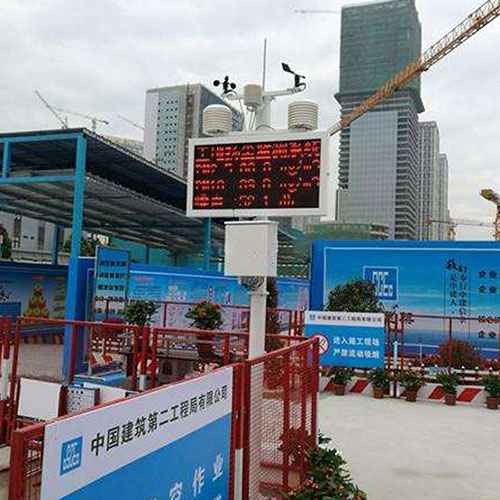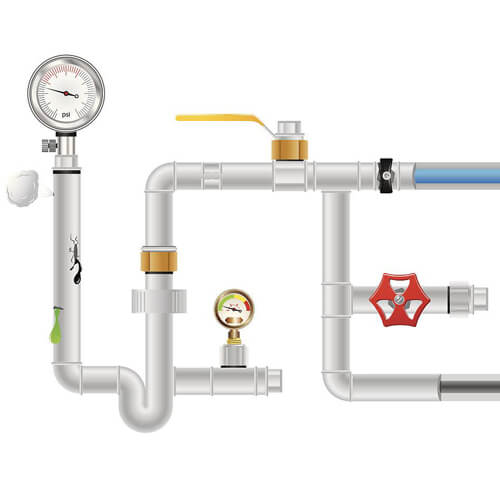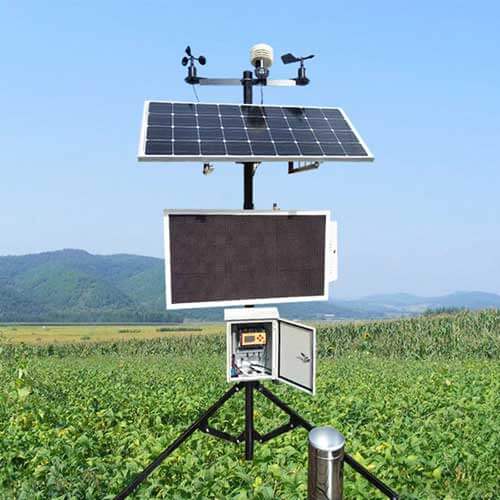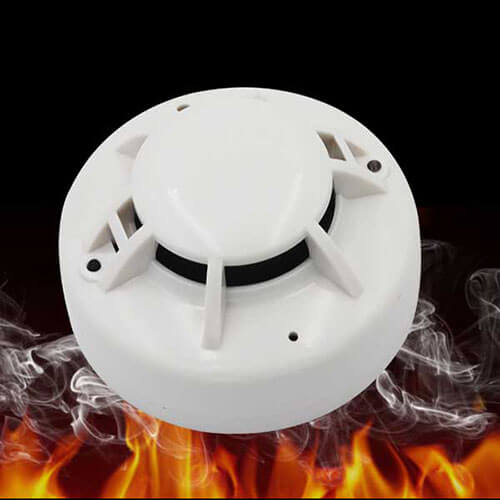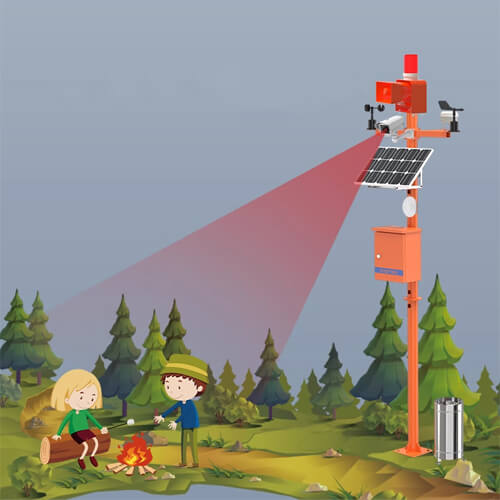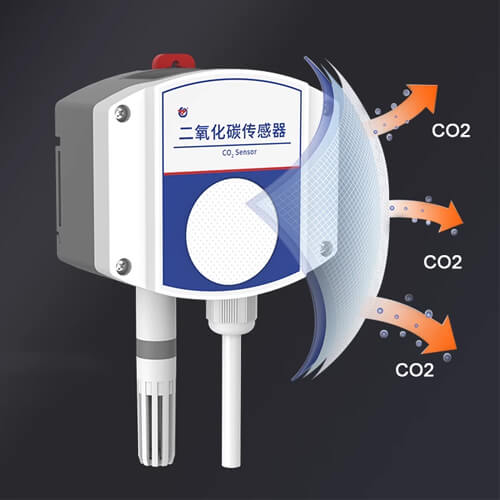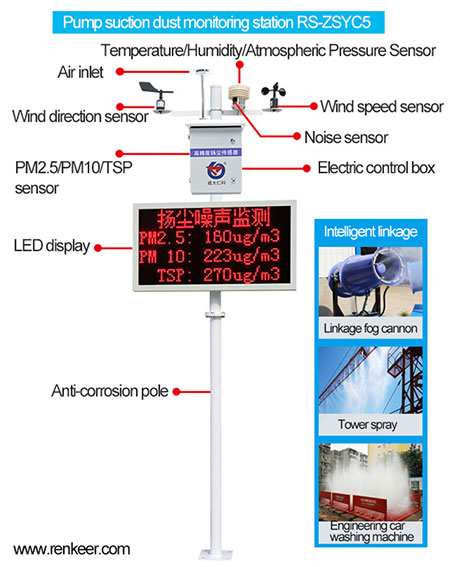
PM2.5 refers to solid particles and liquid droplets with an aerodynamic diameter less than or equal to 2.5 microns in ambient air. It has a small particle size and is rich in a lot of toxic and harmful substances. It has a longer residence time in the atmosphere and a longer transportation distance than atmospheric particles, which is more harmful to human health and the atmospheric environment.
Human eyes cannot see PM2.5 particulate matter. To know its concentration in the air, we need to use sensors to achieve it. At present, the principles and methods of measuring the concentration of particulate matter PM2.5 mainly include the following:
1. Infrared method and turbidity method: infrared can only be measured by the turbidity method due to insufficient light intensity. The so-called turbidity method is to emit light on one side and receive it on the other side. The more turbid the air, the greater the energy lost by the light, which determines the current air turbidity. This method cannot accurately measure PM2.5, and even once the light-emitting and receiving parts are covered by electrostatically adsorbed dust, it will directly lead to inaccurate measurement. The sensor made by this method can only be measured qualitatively because the value will drift and cannot be measured quantitatively. What’s more, this method can’t distinguish the particle size of particles, so the performance of this sensor will not be good.
2. Gravimetric method: It is to extract a quantitative volume of air at a constant speed through a sampler with certain cutting characteristics so that PM2.5 and PM10 in the ambient air are trapped on the filter membrane of known quality, according to the filter membrane before and after sampling Calculate the concentration of PM2.5 and PM10 based on the difference in quality and sampling volume. It should be noted that the volume of the denominator in the unit ug/m3 for measuring particulate matter should be the volume under standard conditions (0℃, 101.3kPa), and the volume under the measured temperature and pressure should be converted to the volume under standard conditions.
3. Micro-oscillating balance method: The TEOM micro-oscillating balance method uses an oscillating hollow cone-shaped tube in the mass sensor and installs a replaceable filter membrane on its oscillation end. The oscillation frequency depends on the characteristics of the cone-shaped tube and its mass. When the sampling airflow passes through the filter membrane, the particles in it are deposited on the filter membrane. The quality change of the filter membrane causes the change of the oscillation frequency. The mass of the particulate matter deposited on the filter membrane is calculated by the oscillation frequency change, and then according to the flow rate, the on-site environmental temperature and air pressure calculate the mass concentration of the particulate matter marker during the period.
4. Beta ray absorption method: The Beta ray instrument uses the principle of Beta ray attenuation, and consists of a PM10 sampling head, PM2.5 cutter, sample dynamic heating system, sampling pump, and instrument host. The ambient air is sucked into the sampling pipe by the sampling pump and discharged through the filter membrane. The particulate matter is deposited on the filter membrane. When the beta rays pass through the particulate matter-deposited filter membrane, the energy attenuation of the Beta rays can be calculated by measuring the attenuation The concentration of particulate matter. Since the output signal of the Beta ray detector can directly reflect the quality change of the particulate matter, the instrument analyzes the particle mass value of the Beta ray detector and combines the sample volume collected during the same period to finally obtain the particulate matter concentration during the sampling period. Equipped with a membrane dynamic measurement system, the instrument can accurately measure the particulate matter volatilized during this process, so that the final report data can be effectively compensated, which is close to the actual value.
5. Laser scattering measurement method: Laser scattering technology refers to the use of laser as a light source, outside the direction of the incident light, by detecting the intensity, frequency shift, and angle dependence of scattered light to obtain particle weight, size, distribution and aggregated structure, etc. The general term for information methods has a wide range of uses.
Renke RS-ZSYC3-8S-4G is a device that uses laser scattering measurement to monitor particulate matter PM2.5, PM10, and TSP. The air is sucked into the equipment from the air inlet by the power pump in the monitoring station, and the moisture in the air is first removed by the dehumidification equipment, and then the particulate matter flows into the air quality sensor with the aerodynamic force, through Renke’s unique dual-frequency data acquisition technology Perform sieving to obtain the number of particles of equivalent particle size per unit volume and use a scientific and unique algorithm to calculate the concentration of particles PM2.5, PM10 and TSP of equivalent particle size per unit volume in the air. And upload it to the environmental monitoring software cloud platform through GPRS/4G communication to realize 24-hour online monitoring.

